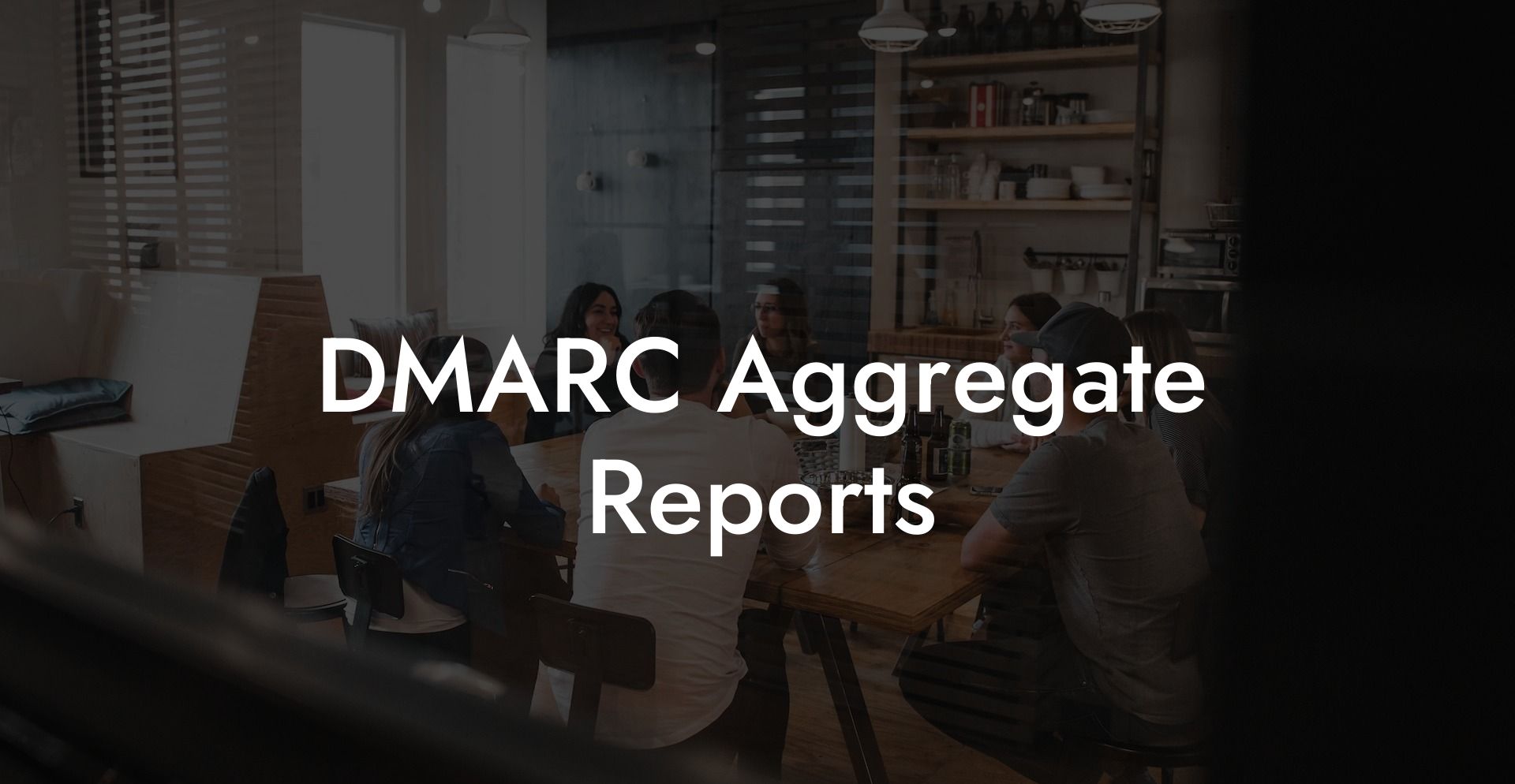Have you ever wondered how to prevent phishing emails from reaching your inbox? With cybercriminals becoming increasingly sophisticated, it's crucial to stay one step ahead of their tactics. One powerful tool in this constant battle against phishing attacks is DMARC Aggregate Reports. In this blog post, we'll delve deep into DMARC, explaining why it's vital for your organization's cybersecurity strategy, and how to interpret and use Aggregate Reports effectively.
DMARC Aggregate Reports Table of Contents
What is DMARC?
DMARC, that stands for Domain-based Message Authentication, Reporting, and Conformance, is an email authentication protocol that helps protect against phishing attempts and other malicious email activity by verifying that an email message truly originates from the domain it claims to. By implementing DMARC policies, organizations can prevent unauthorized use of their domains in email spoofing attacks, reduce the risk of being targeted by phishing campaigns, and improve overall email security.
Understanding DMARC Aggregate Reports
Protect Your Data Today With a Secure Password Manager. Our Top Password Managers:
DMARC Aggregate Reports are generated by receiving mail servers and sent to the domain owner as a summary of all received messages claiming to be from their domain. These reports provide valuable insights for the domain owner about their email authentication status, allowing them to fine-tune their DMARC settings and ensure the emails they send are being properly authenticated.
Key Components of DMARC Aggregate Reports
- Report Metadata: This section includes information about the report, including report-generation date, report interval, and the emailing organization.
- Policy Published: Outlines the DMARC policy of the sending domain, such as the request to receivers for authentication checks and the preferred actions to be taken if an email fails the check.
- Record: Each record includes data about individual messages, their source IP addresses, DKIM and SPF alignment, and whether the messages passed or failed DMARC checks.
- Result: The final decision made by the receiving server regarding the message, based on the published DMARC policy.
How to Use DMARC Aggregate Reports
DMARC Aggregate Reports allow domain owners to monitor their email authentication and make adjustments to their DMARC policies as needed. To effectively use these reports, follow these steps:
- Analyze and Identify: Carefully analyze the report data to identify any misconfigurations, authentication failures, or spoofing attempts. Pay attention to the sources of email with failed DMARC checks, as these may be phishing attempts or legitimate senders that need to be authorized.
- Update Policies: Based on the analysis, take action to update your DMARC policy to either include legitimate senders or block malicious ones. Make any necessary changes to your SPF and DKIM records for improved authentication results.
- Monitor Regularly: Since the cyber threat landscape is constantly evolving, it's essential to frequently review and analyze your DMARC Aggregate Reports to maintain your email security.
DMARC Aggregate Reports Example:
Imagine Company ABC has implemented DMARC for their domain and receives a daily Aggregate Report. Upon analysis, they find out that a significant percentage of their emails are failing DMARC checks due to failed DKIM alignment. This indicates an issue with their DKIM setup, and Company ABC can investigate to correct the problem, ultimately improving their email deliverability.
Company ABC also notices a pattern of failed DMARC checks coming from a specific IP address that doesn't belong to their organization. This could be a sign of an unauthorized party attempting to use their domain for a phishing scheme. Company ABC should take immediate steps to block this IP address and further safeguard their email security.
In a world where phishing attacks and email spoofing are increasing, implementing DMARC and leveraging Aggregate Reports is an essential security measure for every organization. By understanding and utilizing these reports effectively, you can proactively defend your domain from malicious actors and protect your business and clients. Feel free to share this post to inform others about the importance of DMARC Aggregate Reports and explore other guides on Voice Phishing to enhance your cybersecurity knowledge even more!
Protect Your Data Today With a Secure Password Manager. Our Top Password Managers:















